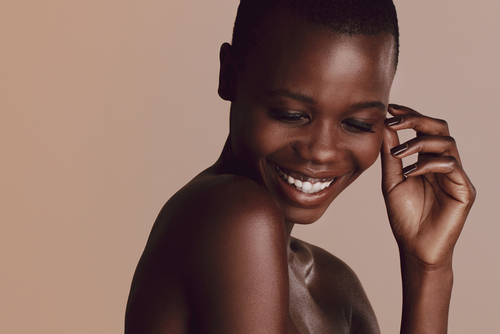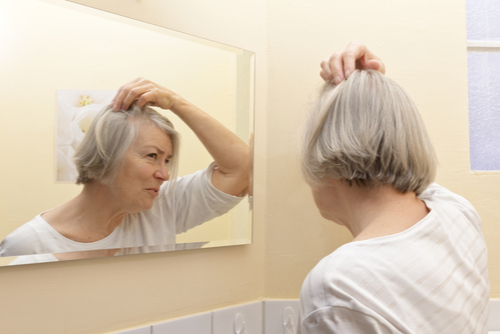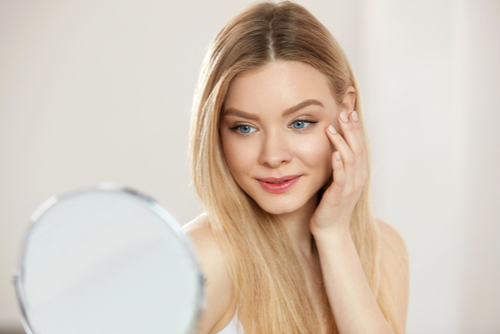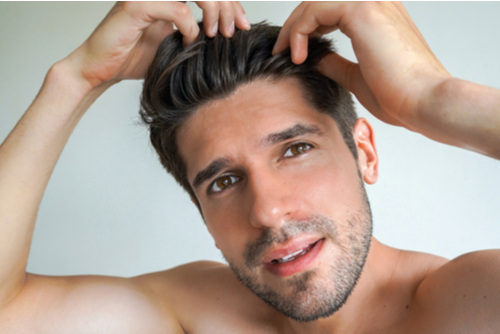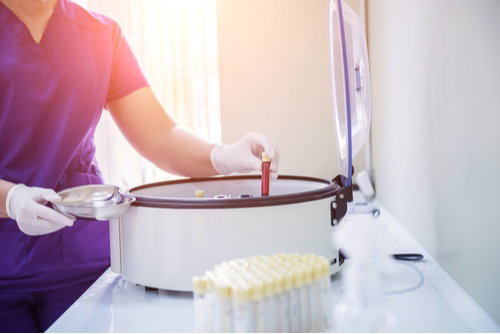
The under eyes are a frequently troublesome area that can contribute to aging and a tired appearance. Due to this, many patients seek out under eye filler to look younger, treat eye bags, and appear more awake. However, under filler does come with risks and is not suitable for all patients. Some injectors are not experienced or qualified to inject in this area. Luckily, platelet rich plasma offers an alternative. Let’s discuss why PRP for the under eyes is safer than filler.
First, let’s look at the risks of dermal fillers. Hyaluronic acid fillers are the only suitable filler for the under eyes and are generally safe in the right hands. They also do offer nearly immediate noticeable results. However, dermal fillers can cause a complication known as occlusion where a blood vessel or artery becomes blocked. Usually, this can be caught and treated immediately without major issues. In the worst case scenario, blindness can occur.
Occlusion in general is exceptionally rare. And, the cases that do happen are treated almost immediately and tend to leave behind no major side effects. Though, it is a consideration to make when undergoing tear trough fillers. Additionally, under eye fillers, especially if using a thicker filler, can cause a blue tinge to the skin where the filler shows through. This is known as the Tyndall effect and happens because the skin under the eyes is thin and/or the filler was placed too superficially.
PRP solves all of these problems and possible outcomes. While it does take longer to see results, PRP is unlikely to cause an allergic reaction, uses your body’s own healing process to improve your under eyes, and cannot cause occlusion or the Tyndall effect. Therefore, when considering rejuvenation of the under eyes, PRP is often the safest and best choice.
To schedule a consultation with an injector, call us at 206-279-2112. You can also reach out online via contact form or chat.

